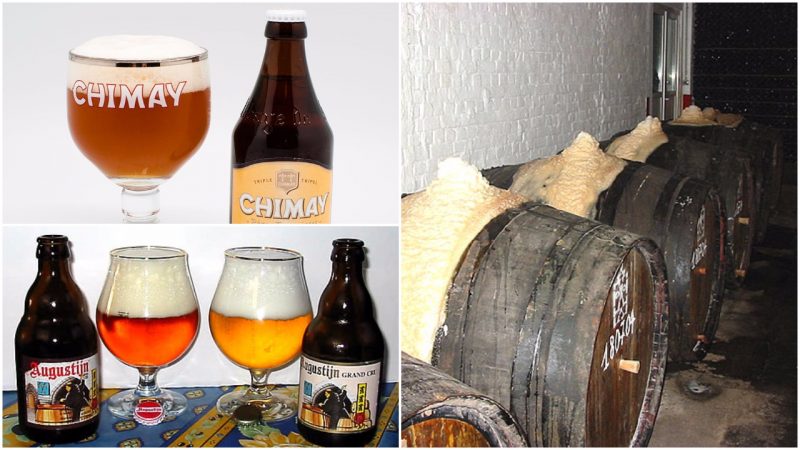Belgium is not all about the finest chocolate and the crazy delicious waffles, but it is also one of the top countries around the world when it comes down to enjoying a good quality beer. Hundreds of types of Belgian beers vary from pale lager to lambic beer and Flemish red.
Approximately 180 breweries are scattered throughout the country making the drink one of the symbols Belgium is best associated with for centuries now.
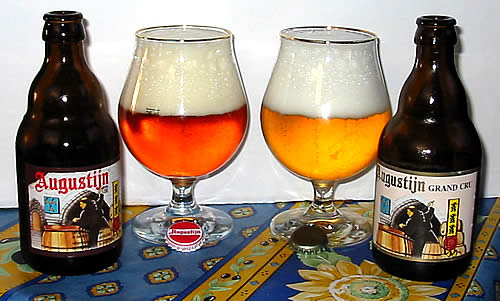
As a country, Belgium has an intriguing history of beer production. Brewing goes back as far as the 12th century, when the Catholic Church allowed permission to local French and Flemish abbeys, communities of monks and nuns, to brew and distribute beer as a method to do some fund-raising. The produced beer was usually with low levels of alcohol, and at times it was a preferred sanitary option to available drinking water.
Throughout the centuries, the first Trappist monasteries became popular for their authentic brewing. At first, the beer some of them produced was exclusively for the monks, and it was described as “dark and sweet.” First recorded sale of brown beer relates back to the date of 1st June 1861.
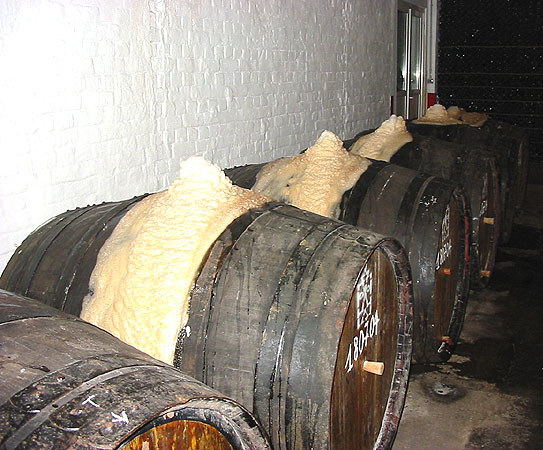
The Trappist breweries recognized today began their first operations somewhere around 1838. Several French monasteries are noted to have had operational breweries for over five centuries before the French Revolution, which eventually led to a disruption of their religious lives. After the revolution, some French monks fled to the territory of Belgium, resumed their ongoing work of brewing beers and eventually mingled with the locals.
Naturally, the designation “abbey beers” started to apply to any monastic or monastic-style beer. However, in 1997, the International Trappist Association came up with the first Trappist beer designation which then made a distinction between the Trappist and the Abbey beers.
According to the designation, the Trappist beer must be brewed within the walls of a Trappist monastery, either by the monks themselves or under their supervision. That meant that the Abbey designation would go for beers produced by a non-Trappist monastery, or beers produced by a commercial brewery; or those branded with the name of a fictional abbey and given a vaguely monastic branding without the mention of a specific monastery. Well, this certainly suggests that the relationships between monks, abbeys, and beers in Belgium, is a rather perplexed one.
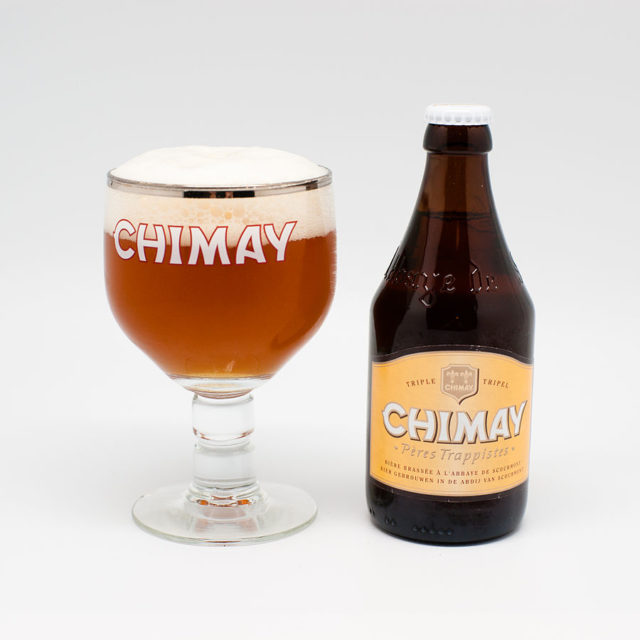
In 1999, the Union of Belgian Brewers went further and officially introduced a “Certified Belgian Abbey Beer” logo to indicate beers brewed under license to an existing or abandoned abbey. The license opposed other abbey-branded beers promoted as such by their trade markets by other religious connections.
Special requirements always apply for logo registration. Some of the requirements mean that a monastery must have control over certain economic aspects and that the brewery must share profits to the abbey or its charities.
Unlike Trappist beers, Abbey beers do not hold on to rigid brewing styles. The Trappist is distinctive for its styles of brune (the Belgian brown ale), strong pale ale or triple, as well as blonde ale. In the end, there is always a critic who warns against assuming that the close connection with a real monastery is proof that the beer is of high quality.
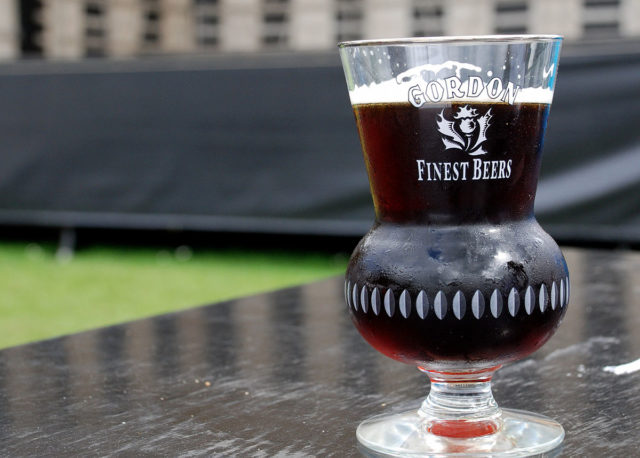
At the moment, there are 18 certified Abbey beers that people can enjoy drinking. One of them is the world-known Leffe, the Abbey brand of Stella Artois, which is brewed under license from an extant brewery. Leffe is considered to be the first such arrangement.
Regardless of the brewery, regardless of the abbey or whether a beer is close to a real monastery or not, on average, a Belgian person continues to consume more than 80 liters of beer each year. Drinking beer also brings about its own special customs, like using the correct glass which is considered to improve and add to the flavor of a particular beer.
